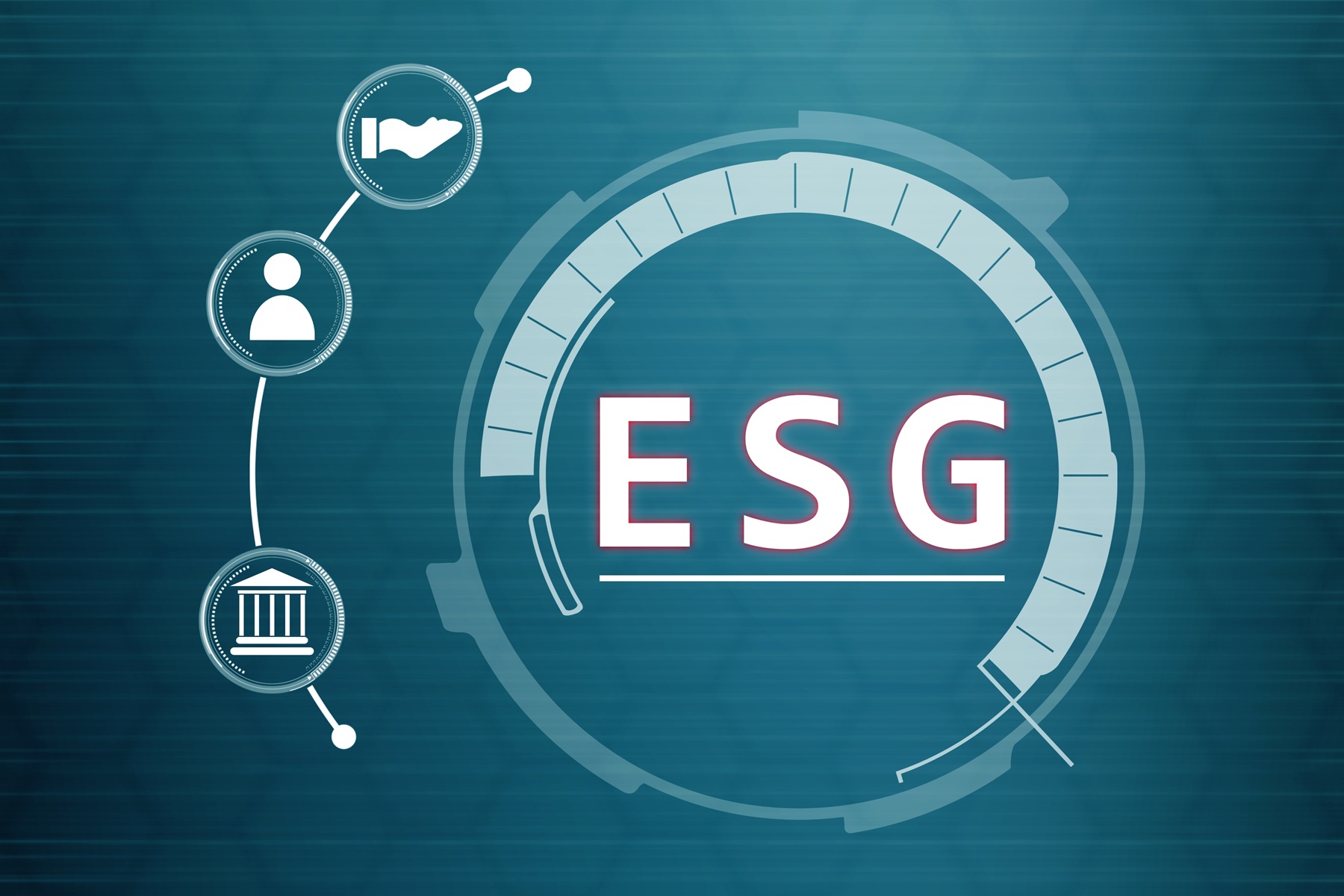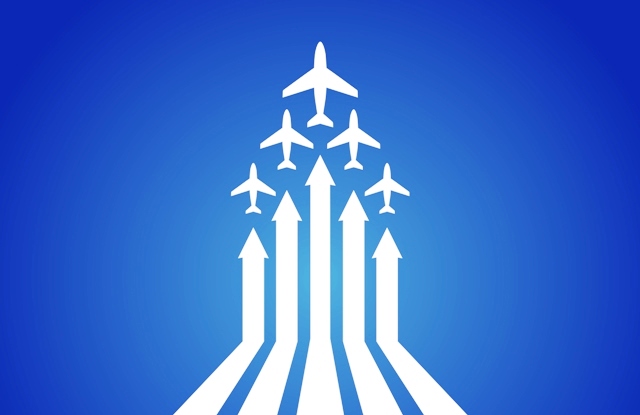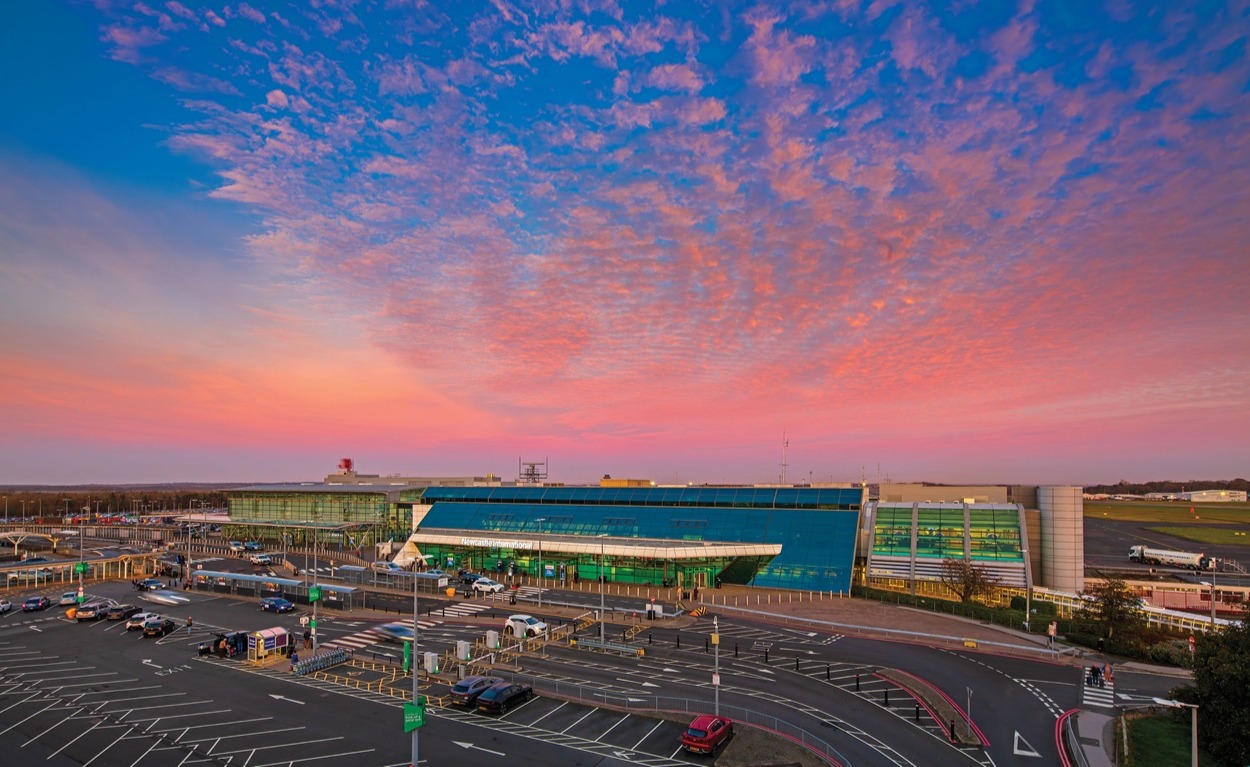BA 2119: Flight of the Future exhibition

Above:
BA 2119: Flight of the Future exhibition.
Courtey British Airways
Alex Cruz, British Airways’ Chairman and CEO, said: “We have had a fabulous year so far marking our centenary and thanking our customers for making us the airline we are today – we wouldn’t be here without their pioneering spirits and sense of adventure.
“From that first customer who flew from Hounslow Heath to Paris on 25 August 1919 in a single-engine De Havilland DH4A to the millions who choose to fly with us every year on more than 800 flights a day to 200 destinations around the globe – we thank them all. Our customers truly enable us to bring Britain to the world and the world to Britain and we look forward to serving them for the next 100 years.”
Back on that day in 1919, the very first international flight by the airline’s predecessor, Air Transport & Travel (AT&T) operated from Hounslow Heath, very near to what we now know as London Heathrow, to Paris. To commemorate that first service the aircraft that was painted in the original British European Airways’ (BEA) livery earlier this year will operate the BA314 service to Paris Charles de Gaulle on Sunday, before flying around the airline’s UK network throughout the rest of the bank holiday weekend.
The airline's future-facing programme, BA 2119, has been to the fore of the debate on the future of flying, exploring the future of sustainable aviation fuels and the customer experience of the future.
The first element, BA 2119: Future of Fuels programme, in collaboration with Cranfield University, was launched by then Aviation Minister Baroness Sugg on 30th November 2018 and called on British universities to develop a new or different pathway to achieve global leadership in the development of sustainable aviation fuels. The airline posed the question of how to power a long-haul flight for at least five hours and produce zero CO2 emissions.
The winner, University College London, was unveiled in May and proposed a solution that would turn household waste into jet fuel, building plants to convert the waste near landfill sites across the country. The team estimated that this could deliver 3.5 million tonnes of jet fuel annually by 2050, resulting in negative emissions and the equivalent of taking more than 5.5 million cars off the road every year.
The next section, BA 2119: Flight of the Future saw the airline commission research into the future customer experience with the leading data-led trends agency Foresight Factory. The report, which surveyed 13,000 consumers across ten countries and consulted with leading sector experts and futurologists delivered a clear picture of what flying will look like in 20, 40, 60 and even 100 years identifying a future with hyper-personalisation, immersive virtual realities, 3D printed health solutions, modular aircraft connected to city infrastructure, hypersonic flying and the rise of super-slow ”flight cruises”.
The concepts were then brought to life by post-graduate students at the Royal College of Art in a special exhibition at the Saatchi Gallery in London which continues until August 26. The exhibition included a one-of-a kind, full motion, virtual reality experience, Fly, which enabled visitors to become a time-travelling pilot, from the earliest imaginings of Leonard da Vinci and his ornithopter, to the Wright Brothers’ success on Kitty Hawk, to that first inaugural passenger flight to Paris, through Concorde, the brand new A350 and the imagined flight of future.
Her Majesty The Queen visited British Airways’ headquarters in June to meet colleagues and explore airline’s museum, The Speedbird Centre, where she was shown artefacts and memorabilia relating to her own many historic journeys with the airline throughout her reign.
Also, that same archive collection, plus more never-before-seen memories from British Airways’ history were unveiled to the public through the Centenary Archive Collection. The interactive year-by-year timeline illustrates how British Airways became one of the world’s leading airlines and is hosted on the airline’s dedicated Centenary site – ba.com/100/centenary-collection.
The airline also launched four heritage aircraft earlier this year, starting with the British Overseas Airways Corporation (BOAC) livery on a Boeing 747, which flew between 1952 and 1974. It was followed the airline’s British European Airways (BEA) heritage on an A319, which flew predominantly on European and domestic routes between 1959 and 1968. A final two B747s received the Negus livery (1974 to 1980) and Landor (1984 to 1997). The BOAC aircraft also flew with the Red Arrows at the Royal International Air Tattoo in Gloucestershire.
A potted history of BA:
• On August 25, 1919, British Airways’ forerunner company, Aircraft Transport and Travel Limited (AT&T), launched the world's first daily international scheduled air service between London and Paris. In 1924, Britain's four main fledgling airlines, which had by then evolved into Instone, Handley Page, Daimler Airways (a successor to AT&T), and British Air Marine Navigation Company Limited, merged to form Imperial Airways Limited.
• By 1925, Imperial Airways was providing services to Paris, Brussels, Basle, Cologne and Zurich. Meanwhile, a number of smaller UK air transport companies had started flights and in 1935, they merged to form the original privately-owned British Airways Limited, which became Imperial Airways' principal UK competitor on European routes.
• Following a Government review, Imperial Airways and British Airways were nationalised in 1939 to form British Overseas Airways Corporation (BOAC). Continental European and domestic flights were flown by a new airline, British European Airways (BEA) from 1946. BOAC introduced services to New York in 1946, Japan in 1948, Chicago in 1954 and the west coast of the United States in 1957. BEA developed a domestic network to various points in the United Kingdom, including Belfast, Edinburgh, Glasgow and Manchester.
• From 1946 until 1960, BOAC and BEA were the principal British operators of scheduled international passenger and cargo services - and they preserved Britain's pioneering role in the industry. The 1950s saw the world enter the passenger jet era - led by BOAC, with the Comet flying to Johannesburg in 1952, halving the previous flight time.
• Additional airlines began to pass into BEA’s ownership and in 1967, the Government recommended a holding board be responsible for BOAC and BEA, with the establishment of a second force airline, resulting in British Caledonian being born in 1970.
• Two years later, the businesses of BOAC and BEA were combined under the newly formed British Airways Board, with the separate airlines coming together as British Airways in 1974. In July 1979, the Government announced its intention to sell shares in British Airways and in February 1987 British Airways was privatised.
• In January 2011 the International Consolidated Airlines Group (IAG) was formed when British Airways and Iberia merged. IAG has since also become the parent company of Aer Lingus, and Vueling and in 2017, IAG launched LEVEL a new low-cost airline brand that operates from Barcelona, Paris and Vienna.












